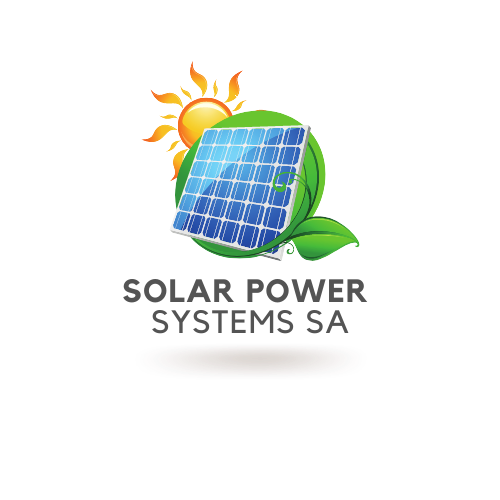Services & Solutions
There are four main types of solar power systems that our vendors use.

Types of Solar Power Systems
Photovoltaic (PV) systems supply power using sunlight and photovoltaic panels. The panels convert light to electricity.
Off-Grid
This system uses batteries to store and release power when the solar panels aren’t active at night. This type of system is best for buildings in remote locations, for specific functions (such as powering machinery) or where main electricity isn’t available. The system has photovoltaic (PV) panels that supplies power when the sun is shining and sends excess power to be stored in the batteries. The system will only use power from the main grid or back-up power if the batteries are depleted.
Grid-Tied
This is a much simpler system. It does not have batteries and instead supplements the Eskom power feed. Because they do not have batteries and are connected to the Eskom feed, these systems do not work during power outages and are not suitable for areas that experience frequent loadshedding or power outages.
Hybrid
A hybrid system combines a grid-tied function with a backup battery to maintain power supply even if the grid is down. Excess power is fed to the batteries and in the event of a power failure, the excess energy is used to run energy-intensive appliances like air-conditioners. They are much lower cost than off-grid systems and are flexible so you can add more panels overtime to ramp up capacity.
Backup Systems
Back up systems have an inverter and battery to supply an uninterrupted supply of electricity, even if the grid is offline. The power supply is designed to last a few hours until power to the main grid is restored i.e. during loadshedding.
